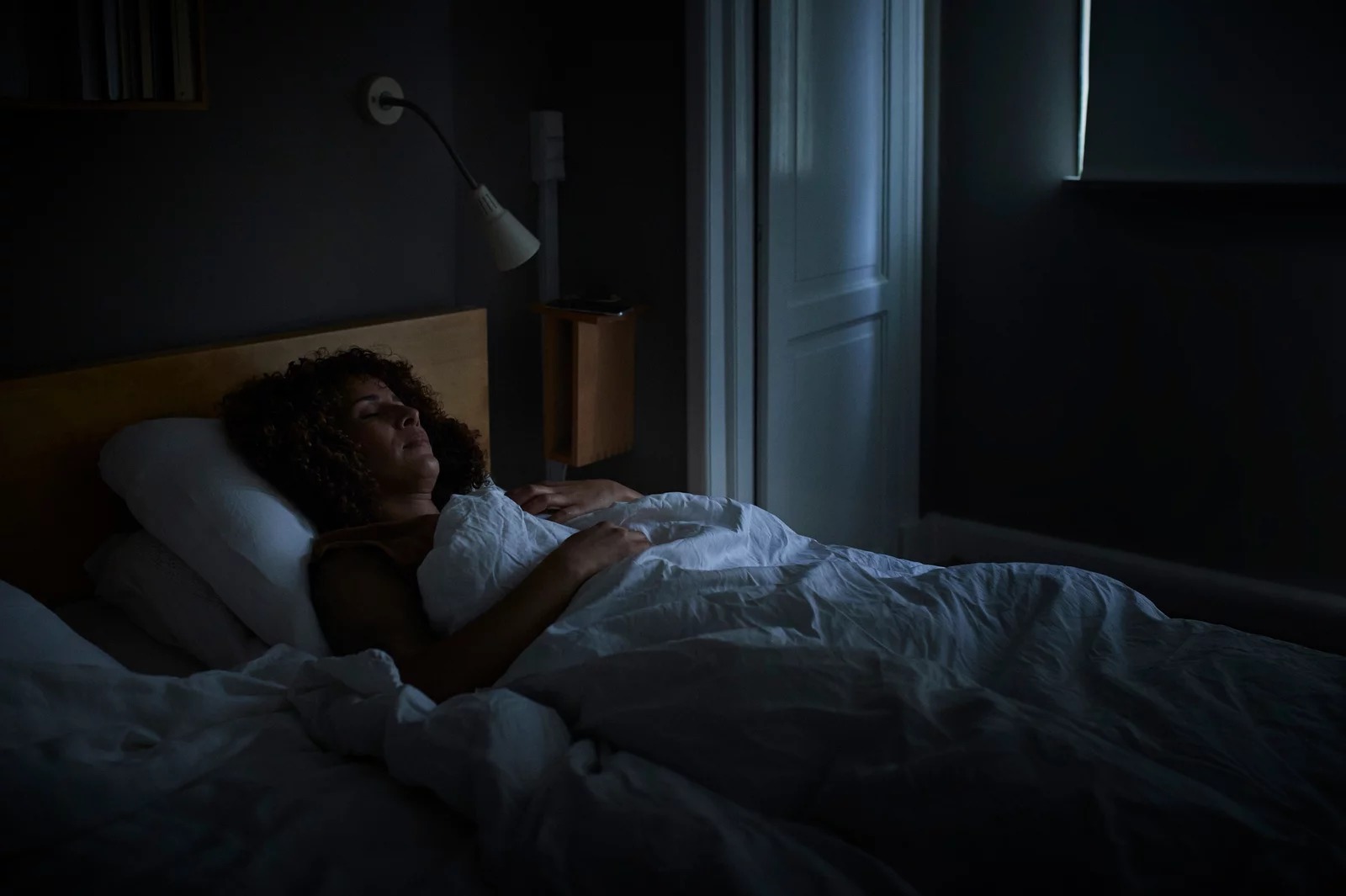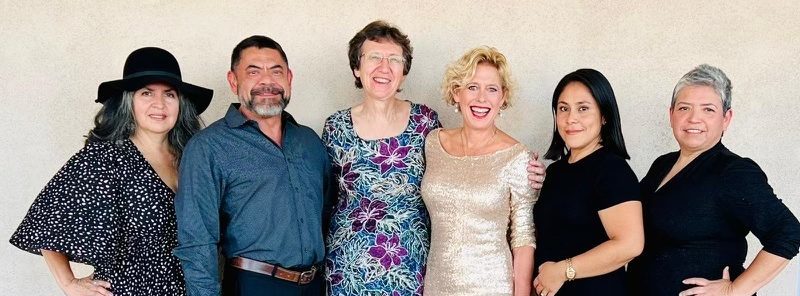Check your skin for signs of basal cell carcinoma. Early detection and treatment can help you avoid complications from this most common form of skin cancer
By John Black
If you’re going to invest hours in getting the perfect tan, or you work and play outdoors, spend a few minutes every now and then to check for basal cell carcinoma symptoms. You should also consider the potential damage the sun is doing to your skin and take precautions to minimize your risks.
Basal Cell Carcinoma Symptoms
According to The American cancer Society, skin cancer is the most prevalent form of cancer, and basal cell cancer is the most common type. It develops in the top layer of skin, the epidermis, and it usually grows slowly, compared to other cancers.
Basal cell carcinoma symptoms may include:
- Pearly white bumps with visible blood vessels
- Open sores that bleed, particularly sores that do not heal completely
- Scaly reddish or brown patches of skin that may itch or hurt
- Pink skin growths with elevated borders; blood vessels may form in the growths
- White or yellow scar-like areas (less common); may signify a more invasive form of basal cell carcinoma
Reduce Your Risk
As it is with other skin cancers, exposure to ultraviolet radiation from the sun or manmade sources like tanning beds is the greatest risk factor for basal cell carcinoma. The ultraviolet rays can damage DNA in skin cells, leading to skin cancer.
Not surprisingly, people who work long hours outdoors or spend too much leisure time in the sun may be more susceptible to basal cell cancer.
People with fair skin, blond or red hair, and light-colored eyes who tend to freckle are at highest risk of basal cell carcinoma. Men and older adults also tend to be at greater risk, but experts note that the number of women and younger adults with basal cell skin cancer is rising.
In most cases, basal cell carcinoma symptoms appear in the sun-exposed areas of the face, arms, ears, and the backs of the neck and hands. If you have thinning hair or are balding, you’re also more susceptible to developing basal cell skin cancer on your scalp.
However, basal cell and other types of skin cancer can develop almost anywhere on the body. So it’s important to do a full-body skin exam at least once a month, using both a full-length and a handheld mirror. Recruit your spouse or partner to help with the exam.
See a dermatologist if you notice anything that causes concern. Undergo periodic skin exams, and have a baseline exam with a dermatologist, especially if you’re fair-skinned, have high sun exposure, or have a history of skin cancer.






